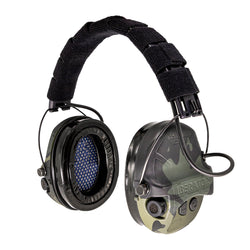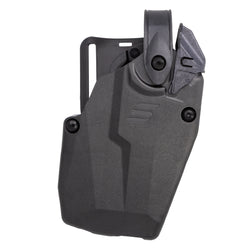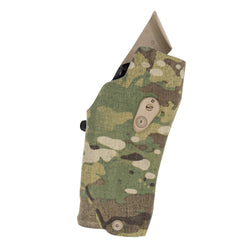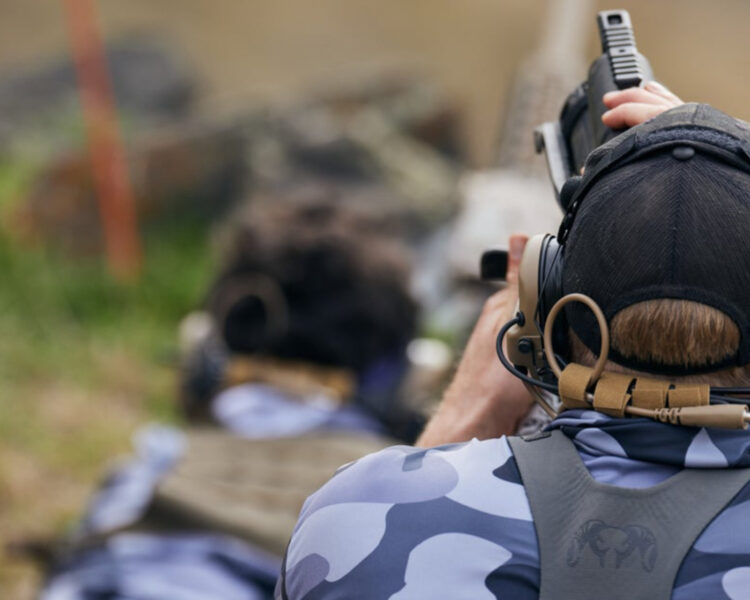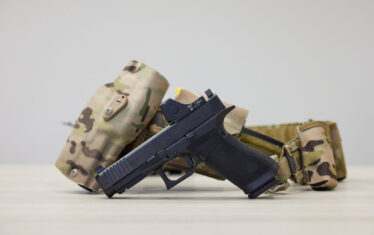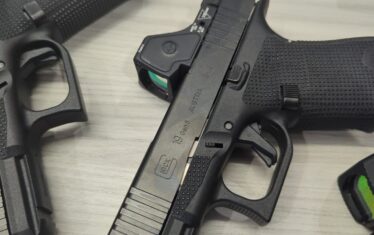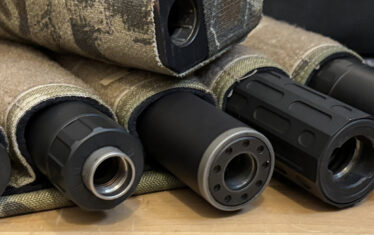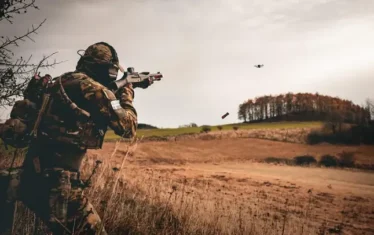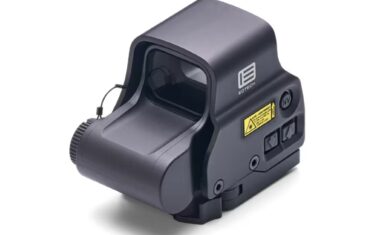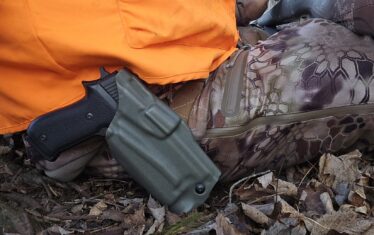A very common discussion in the firearm industry lately has been the necessity of hearing safety and protection—the idea, more than a simple adage or a talking point. Protecting your hearing is serious business.
Why is it Important?
Inside your ear is the cochlea, which contains fragile hair cells responsible for helping your body perceive sound. Each time you’re exposed to excessive sound, you can start damaging the delicate hair cells in your cochlea, which over time may lead to noise-induced hearing loss (NIHL). The worst part? Once this damage begins, your body cannot repair it.
This damage doesn’t have to happen all at once; it can build up gradually. You might notice sounds aren’t as loud as they once were, conversations sound muffled, or you experience ringing, buzzing, or roaring in your ears — a condition called tinnitus.
Hearing loss is more common than many realize. According to the CDC, roughly 40 million people between the ages of 20 and 69 have NIHL. What’s surprising is that some people who say their hearing is great actually show signs of hearing loss in one or both ears without knowing it.
Sound is measured in units called decibels (dB). Sounds at or below 70 dBA (A-weighted decibels) are generally considered safe. But exposure to noise at or above 85 dBA for long or repeated periods can cause hearing damage, according to the National Institute on Deafness and Other Communication Disorders.
To put this into practical terms, OSHA says workers shouldn’t be exposed to noise louder than 90 dBA for more than eight hours a day. Every time the noise level increases by 5 dBA, the safe exposure time gets cut in half. For really loud noises over 100 dBA, double hearing protection—like foam earplugs plus earmuffs—is recommended.
For perspective: fireworks can reach between 140 and 160 dBA, sports events typically range from 94 to 110 dBA, and lawnmowers usually fall between 80 and 100 dBA.
Firearms & Hearing Protection
Obviously, hearing protection is very important and a key part of being a responsible gun owner. Being able to hear properly and stay aware of your surroundings is crucial when using firearms.
According to the American Suppressor Association, an unsuppressed .22lr firearm has an average noise level of around 145 dB, while an unsuppressed larger caliber rifle with a muzzle brake averages around 180-185 dB. Considering OSHA’s standards, these noise levels are well above what’s safe for unprotected ears.
Options for Hearing Protection
Using the right hearing protection can make a big difference in shooters’ overall long-term health. Options range from simple expandable foam plugs, common or electronic muffs, and even suppressors.
1. Foam Ear Plugs
Foam plugs are the most affordable disposable hearing protection. They come in various colors and typically reduce noise by around 20 dB, depending on style and fit. However, achieving an optimal fit can be difficult for some users, which reduces their effectiveness.

2. Fitted earplugs
Fitted earplugs are a step up from the basic foam earplugs and provide the user with a better fit, with some additional features. Some models on the market have retention lanyards that plug into the piece for easier access and use, while others have built-in audio functions that let the user still hear voices around them while operating firearms.
For example, the Foam Impulse® Hearing Protection from Safariland has two separate modes, one for a steady 20 dB reduction, and the second for a steady 13 dB reduction with a jump up to 38 dB Peak Impulse reduction, all without using batteries.
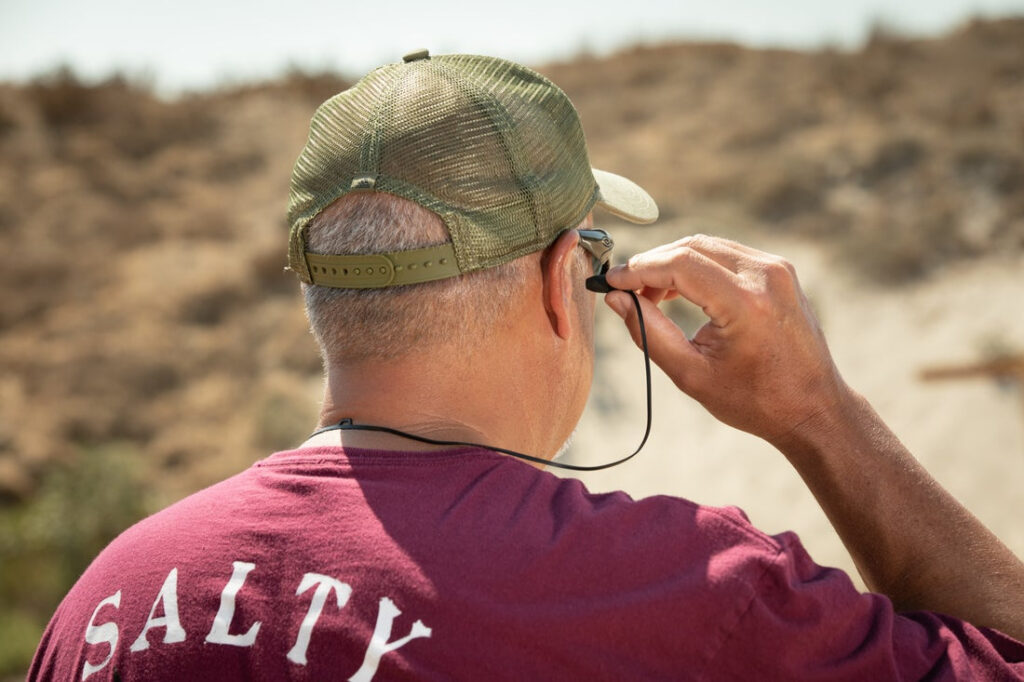
3. Earmuffs
The next option for hearing protection is the over the earmuffs, or standard shooting muffs. The options for earmuffs can range wildly depending on which features you’re in the market for. A simple option is to double up with foam earplugs, like in the Impulse® Range Kit, but others can be found just about anywhere.

A basic set of earmuffs can offer a noise reduction of between 20 and 35 dB. But if you want a little bit more foam, customization, and audio functions, that will cost you a bit more.
4. Electronic Earmuffs
Another option within the earmuff category is the electronic earmuff. This option usually enhances situational awareness by allowing you to hear voices clearly while protecting against loud noises.
The Liberator® HP 2.0, for example, is a battery-operated system with three separate hearing modes to choose from, so the user can select which mode fits best for their surroundings. This model offers an average 26 dB reduction and a price tag starting at $360 with loads of options.
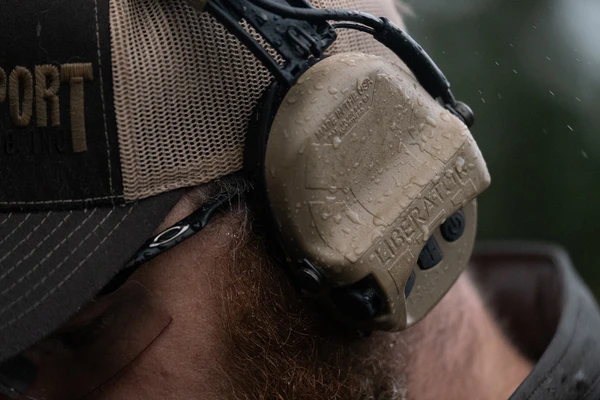
5. Firearm Suppressors
The most expensive option for hearing protection for firearm users is a suppressor. A firearm suppressor can reduce the noise of a gunshot on average by between 20-35 dB, according to the American Suppressor Association, which is about the same as earmuffs. Smaller calibers are quieter when suppressed — a .22LR averages around 115 dB, while a suppressed centerfire rifle averages about 130 dB.
Suppressors can help protect the hearing of recreational shooters and hunters, a group that often neglects hearing protection and faces a higher risk of noise-induced hearing loss.
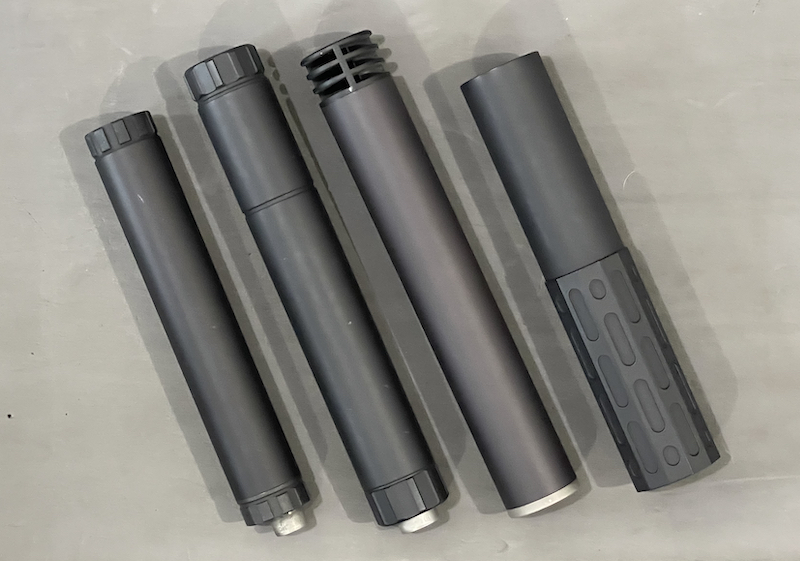
However, suppressor ownership is more involved than a simple purchase. It requires legal steps beyond a simple purchase, but for many, it’s a viable option.
Wrap-Up
No matter which hearing protection option you choose, consistent use is what counts. Losing your hearing from firearm use is never a good thing, just ask any disabled law enforcement officer or military personnel. Protect your hearing now, because once it’s gone, you’ll wish you had.


